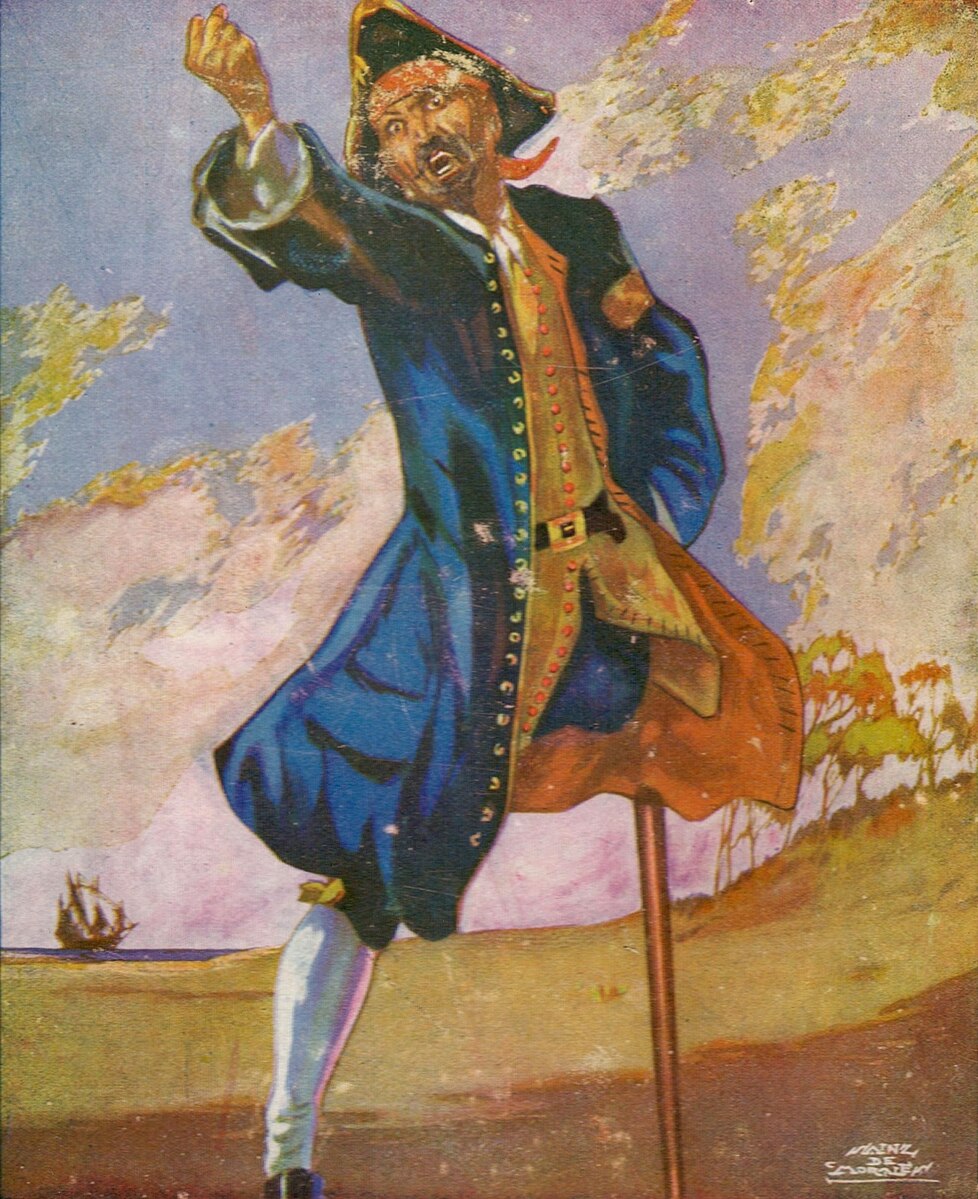
Thousands took to the sea to seek fame and fortune during the golden age of piracy. And while you may be picturing the likes of Jack Sparrow or Elizabeth Swann, real-life pirates were nothing like the stories. So what exactly were they like?
The Real Pirates of the Caribbean
The book offers a comprehensive biography that shaped perceptions of pirates, and it was first sold in 1724. Captain Charles Johnson authored the book, but his true identity remains uncertain. Johnson is suspected to be a pseudonym for Daniel Defoe or Nathaniel Mist.

The book was a bestseller and introduced pirates like Henry Avery, Blackbeard, and Anne Bonny, figures who inspired many hits, including The Pirates of the Caribbean movie franchise. Most of the events in the book and the tales from the golden age of piracy that people think are facts are fictional.
Pirate Cliches Are Just That
Most pirate cliches, like buried treasures, inebriated pirates, and walking the plank were invented by Robert Louis Stevenson for the 1883 novel Treasure Island. But what were the real pirates of the Caribbean actually like? Were they terrorists or revolutionaries?
As with most things, the truth is somewhere in between. Around 4,000 pirates were plundering the sea during the golden age of piracy, and early pirates sailed between western India and the Red Sea in the 1690s. They later turned to Spanish and European shipping routes in the Caribbean.
Peak of Pirate Mayhem
The peaking point of pirate mayhem was around 1720. At that time, about 32 ships with pirate crews were active in the Caribbean at any given time. There were pirates from all age groups, from 14 to 50, but most were in their 20s. Most were also English, and about a quarter were Americans.

Unlike Hollywood’s stories, pirates were men of the sea, not aristocrats avenging their lost honor. Pirate crews were diverse, with men from all walks of life, but most were from the merchant shipping industry or sailors in the Royal Navy. The life of crushing labor, harsh discipline, and poor food they were given was probably what made them choose the pirate life.
Most Pirates Had Unhappy Fates
The unifying idea for all pirates was the dream of fortune and wealth. A pirate could earn the salary of a sailor a hundred or thousandfold. There were also cases of astronomical plunder, but pirates often spent their wealth unwisely and squandered it as quickly as they gained it.
The golden age of piracy ended when many pirates were hanged while others were killed in battles. One myth of that age that is somewhat true was that there was some egalitarian order among some crews. Pirates signed articles to control life at sea, and everyone could vote while getting a fair share of the spoils. In the end, piracy was more a short act of defiance.